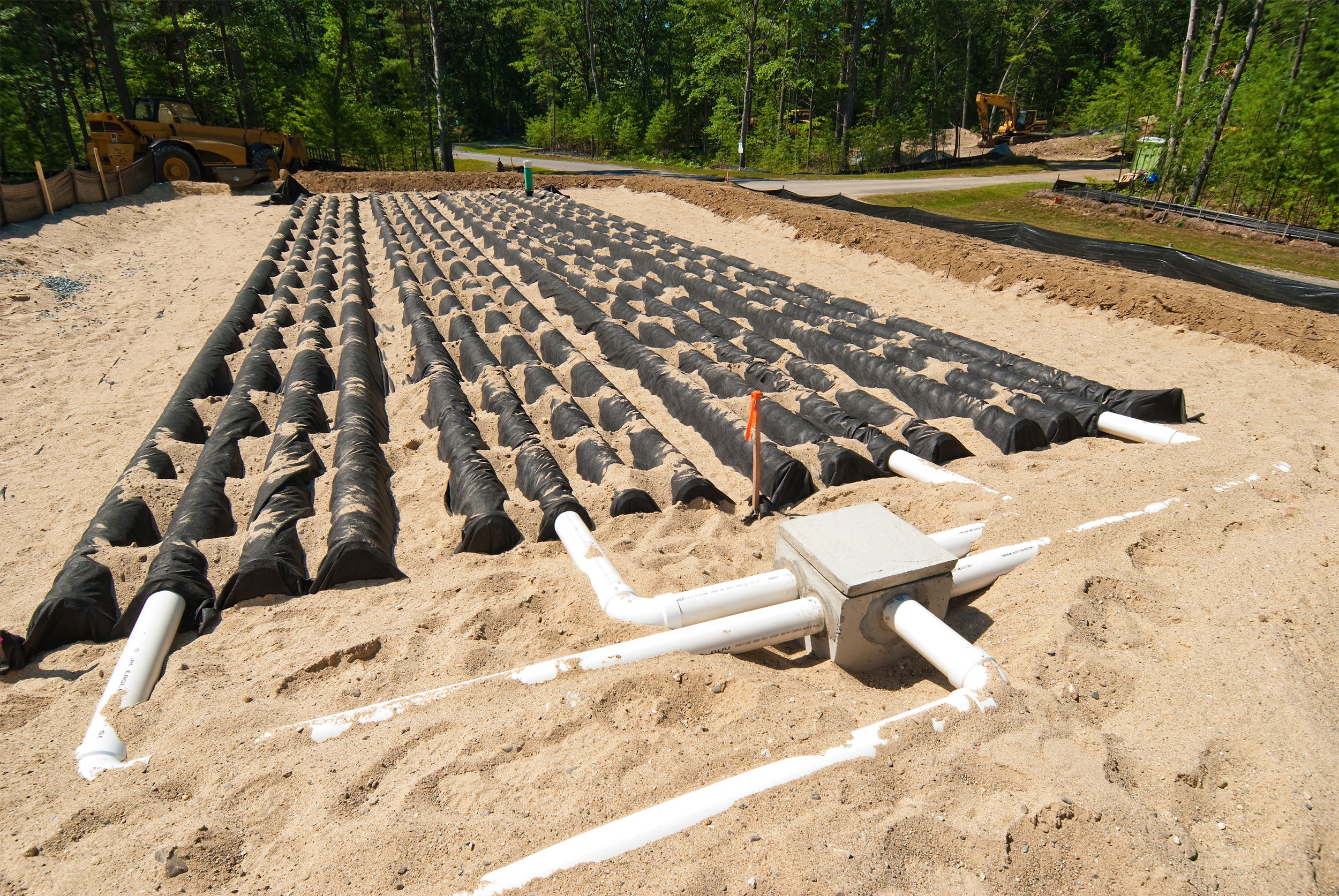Talking about the septic system of your home is one of those out of sight, out of mind issues. However, many septic problems stem from chronic inaction on the homeowner’s part. It is much cheaper to maintain rather than replace. However, if your septic has reached the point of no return, here’s a look into the expectations and cost of a septic field replacement in Chappaqua, NY.
Related: Too Late For Repairs? When Is It Time For Septic Tank And Field Replacement In Cortlandt, NY?
What Are My Options?
First, a replacement can mean better technology that can extend the life of your new septic system. Other than regular pumping, you won’t have to worry about the system for many years to come.
With each passing year, septic systems are being designed better in line with technology and ecological concerns than ever. This has resulted in several different types of septic systems, each with their own benefits and conditions for installation in a landscape. Here are the main different types of septic field systems available in the New York area:
Aerobic Field System: The word ‘aerobic’ may be commonly associated with exercise, but the original meaning ‘requiring oxygen.’ An aerobic system relies on bacteria to consume waste. Oxygenation tanks will add oxygen to this septic system so that the bacteria grow and consume waste more quickly. The average aerobic system runs about $8,500.
Anaerobic Field System: Anaerobic is the opposite of aerobic, and such a drain system doesn’t use oxygenation tanks. The two septic systems are mostly the same, but the anaerobic system works much slower. The average anaerobic system runs about $4,000.
Mound Field System: A mound system uses gravity to disperse treated wastewater into the groundwater system. As the name suggests, this septic system requires the construction of an earthen mound. The septic treatment area will be fed using a pump from the septic tank uphill into the center of the mound. Then, the wastewater will filter into the ground. The average mound system runs about $15,000.
How Are Septic Systems Installed?
There are two types of septic drains that can be installed: gravity-fed or pump-assisted. The choice of one of these septic drain systems depends on the layout of the yard and the space available for septic system installation. Here is the process of how a septic system is installed:
Septic system specialists will survey the area of installation for viability. Then, they will perform some soil percolation tests in order to see how quickly the wastewater will filter through.
The next crucial step is to submit proposals to the local municipality for permitting construction. Utility services must also be notified before any soil is moved.
After some site preparation, excavation can begin. This is the most laborious and potentially disruptive phase of the project. Septic field replacement requires the careful removal of the previous system, ensuring that the soil isn’t contaminated.
The next steps are to add the new tank, drains, plumbing, and any other potential add-ons. Throughout this process, it’s essential to make sure that each piece is properly fit and insulated to avoid potential soil contamination.
Then, the septic field will be backfilled and covered. This process is essential to make sure no sinkholes appear out of nowhere, damaging your landscape or home. It will also prevent exposure of the septic system. After a mandatory inspection and some finishing work, the project will be completed.
Related: What You Can Expect With A Septic Field Replacement In Briarcliff Manor And Tarrytown, NY


